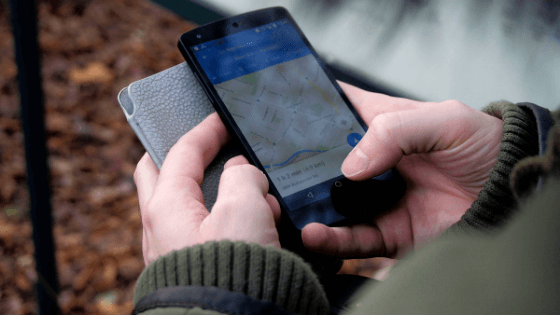If you’re looking to do customer attribution in a multi-story building, you basically have two options.
One way is to install beacons all over the building. Whenever someone passes by the beacon, Bluetooth Low Energy (BLE) sensors in their phone log their location.
The main advantage of this approach is accuracy. By placing beacons in strategic locations, you can definitively link the presence of a customer with a purchasing decision. The main disadvantage is cost and support – purchasing, installing, and maintaining all those beacons is a huge expense.
The second option is to use GPS and/or wi-fi data from the customer’s phone. This data is often enhanced through geofencing.
This approach is less expensive and easier than the beacon option, although wi-fi and geofencing does involve some up-front expenditure. The data it produces tends to be less reliable, however. In a multi-story building, neither GPS nor wi-fi produce vertical location that is consistently accurate enough to link customer location with purchasing behavior.
It’s a difficult choice – would you rather pay more and get the results you need, or pay less and risk getting poor data that may be unusable?
Solving the vertical location challenge
Thankfully, a new option is now available – one that delivers accurate data for customer attribution in multi-story buildings, but without the expensive infrastructure.
Here’s how it works: Most of today’s smartphones contain tiny barometric sensors, which measure atmospheric pressure. When compared against local weather and location data, the pressure reading from these phone barometers can be used to determine how high up the user is from ground level.
Leveraging recent advances in technology and a nationwide network of altitude stations, you can offer highly accurate vertical location without the need for expensive beacons or in-store infrastructure.
Why vertical location matters
This new approach to vertical location will make accurate customer attribution data accessible to a wide swath of retailers. By democratizing information on customer behavior, innovative solutions can improve retail experiences across the board.
Just as important, it fills in all the blank spots that retailers and advertisers currently miss. All those key urban markets – where ground-floor retail, malls, underground shopping areas, and other complex urban streetscapes currently prevent meaningful attribution – can now produce meaningful metrics.
Vertical location will also unlock new insights into customer behavior and spending patterns. For example, retailers will be able to see what percentage of visitors to a ground-floor shop actually come from higher floors in the same building. Multi-level stores will have more accurate information about foot traffic and how it influences spending patterns.
All this new data will open up new worlds of consumer analytics that we’re just starting to appreciate. As location data providers and retailers add vertical location to their information stack, they’re going to find new challenges and new opportunities. It will be exciting and interesting to see this new layer of insights – hidden for so long in plain sight – come to fruition.




